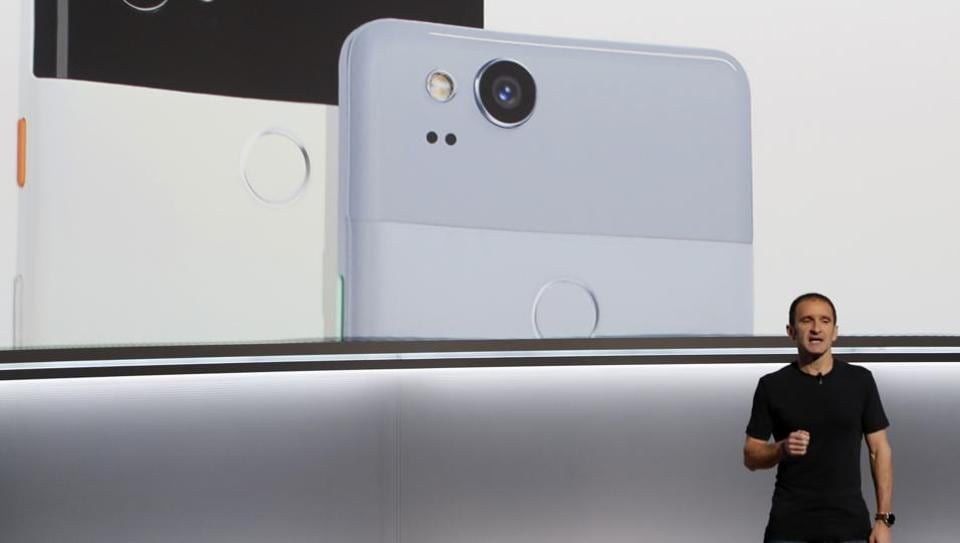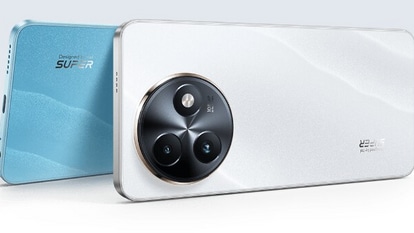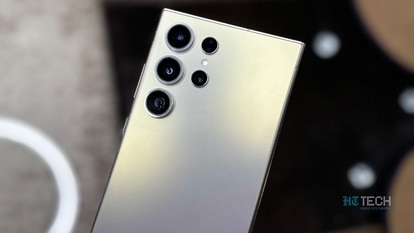Google explains why it killed 3.5mm headphone jack on Pixel 2, Pixel 2 XL
Google made a complete U-turn on retaining the 3.5mm headphone jack on its new smartphones. Just last year, the company mocked Apple for removing the feature from the iPhone 7.

Google last year mocked Apple for removing 3.5mm audio jack from the iPhone 7 and iPhone 7 Plus. At its first Pixel launch event, Google insisted the audio connector was very much in fashion. It even went on to take a dig at Apple in one of its promo videos, stating "3.5mm headphone jack satisfyingly not new." Cut to 2017, Google has removed the audio jack from its Pixel 2 and Pixel 2 XL phones, which launched on October 4.
Google didn't really touch upon this missing feature during its Pixel 2 launch. Soon after the specifications were revealed, the internet was abuzz with Google's move to skip the feature. Almost a week later, we finally have an explanation, well sort of, from Google on the matter.
"We want to provide a little more information about headphone options for the Pixel 2. The Pixel 2 still comes with a headphone jack but we have moved to USB-C, a standard that is becoming commonplace in the best phones and laptops of today. Moving to the USB-C audio port with Pixel 2 allows us to provide a better audio and digital experience, as we move towards a bezel-less future," wrote a Google employee on a support page.
"We realize that some of you might be looking for USB-C headphones, and we want to provide some guidance around headphone compatibility with Pixel 2 devices. The main thing to keep in mind is that Pixel 2 devices are compatible with USB-C headphones that support digital audio," he added.
This is #Pixel. The first phone #madebygoogle, inside and out. Find out more → https://t.co/bZFnoCg3oF pic.twitter.com/drtTuJKNgv
— Google (@Google) October 4, 2016
The company has also listed a set of compatible headphones, and points out "if you are looking to buy another pair of USB-C headphones that isn't on the list, please make sure they are compatible with digital audio and other standards."
For convenience of users, Google is bundling an adapter in with the box that allows people to connect their existing headphones. The company has also launched wireless Bluetooth headphones, Pixel Buds, which unsurprisingly seem inspired by Apple's AirPods.
Separately, Google's VP of product management Mario Queiroz told TechCrunch that the decision was made in order to make an all-screen device. "The primary reason [for dropping the jack] is establishing a mechanical design path for the future," Queiroz said. "We want the display to go closer and closer to the edge. Our team said, 'if we're going to make the shift, let's make it sooner, rather than later.' Last year may have been too early. Now there are more phones on the market."
Google's defence that it wanted to provide a better audio and digital experience or an all-screen phone is something not very different from what Apple had said last year. Apple's senior executive Greg Joswiak said that the 3.5mm audio connector was archaic and even compared it with a "dinosaur."
"The audio connector is more than 100 years old," Joswiak told 9to5mac. "It had its last big innovation about 50 years ago. You know what that was? They made it smaller. It hasn't been touched since then. It's a dinosaur. It's time to move on."
Another Apple executive Dan Riccio said that removing the audio connector helped the company add IP7 water resistance, which had been missing on the iPhones for years. "It was holding us back from a number of things we wanted to put into the iPhone," Riccio said.
It may be recalled that Motorola had become one of the first players to kill 3.5mm audio jack with its Moto Z, a few months before Apple introduced the iPhone 7 and iPhone 7 Plus.
Catch all the Latest Tech News, Mobile News, Laptop News, Gaming news, Wearables News , How To News, also keep up with us on Whatsapp channel,Twitter, Facebook, Google News, and Instagram. For our latest videos, subscribe to our YouTube channel.


























